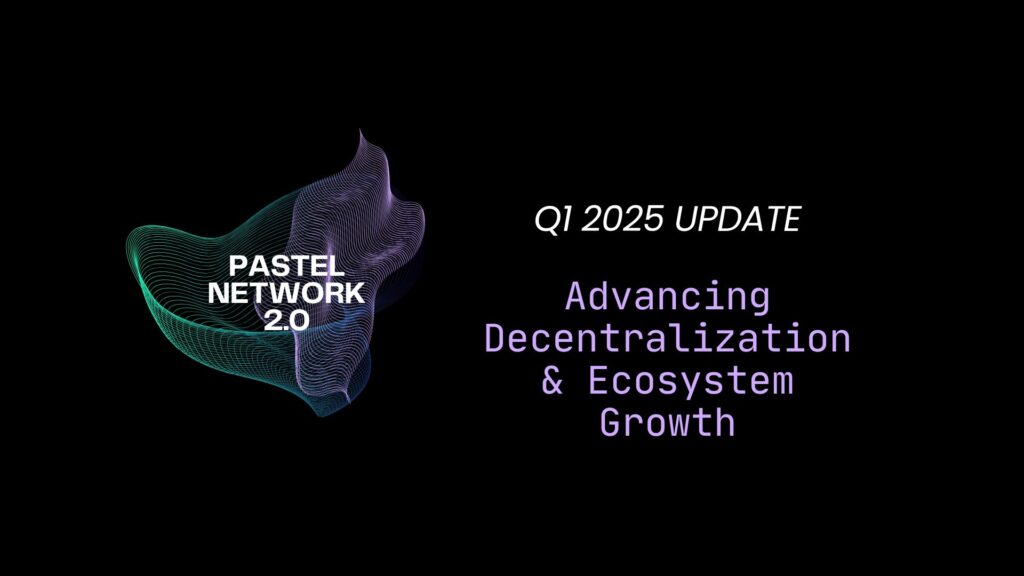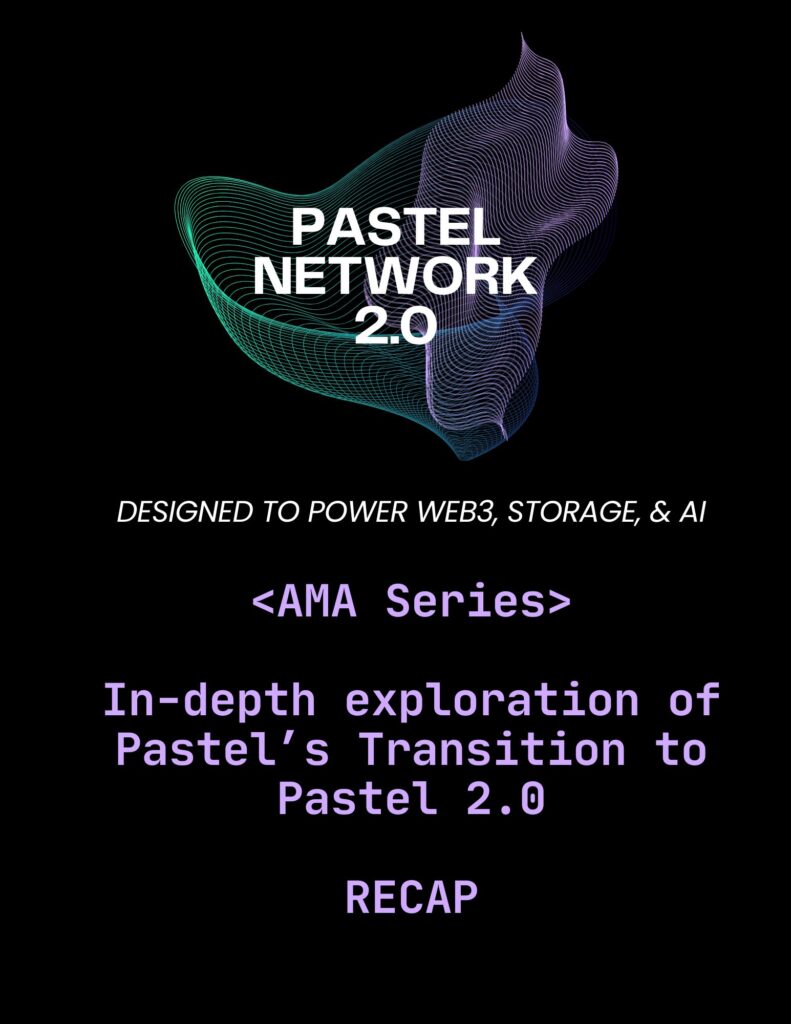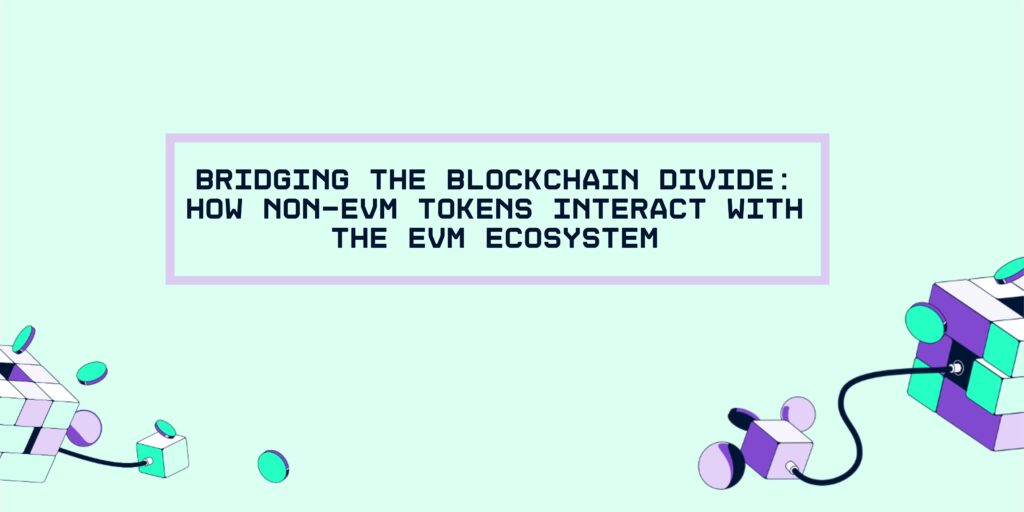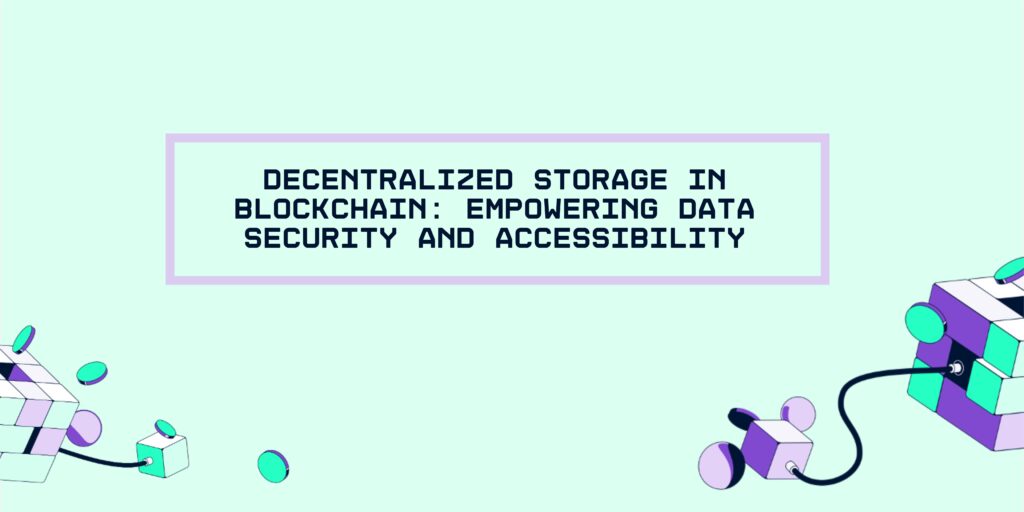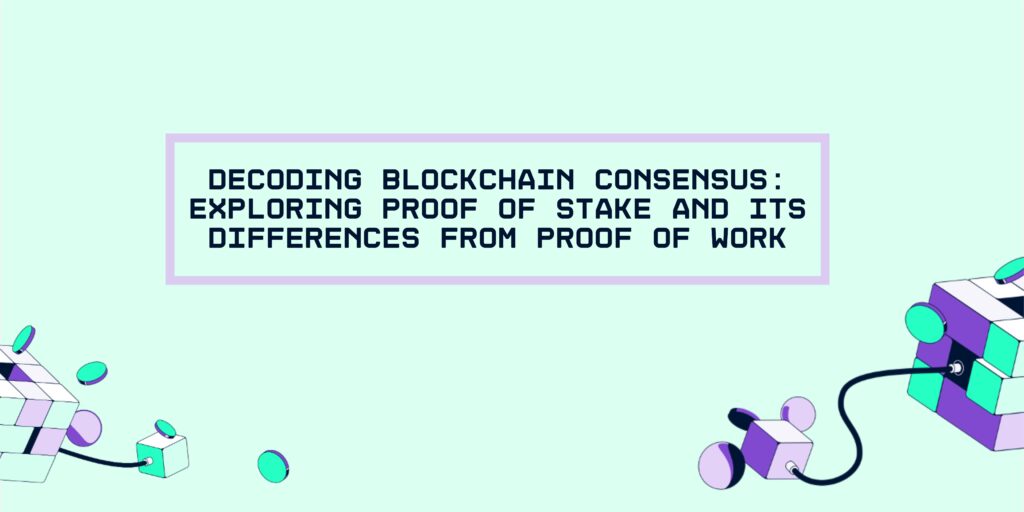Powered by Pastel’s Sense Protocol for Near-Duplicate NFT Detection, experience Sense first hand and measure the relative rarity of any NFT.
We have spent over 3 years researching and developing groundbreaking technology — Sense Protocol for Near-Duplicate NFT Detection. We launched this demo for users to better understand its tangible benefits. It is an easy-to-use platform for creators, collectors, and friends of Pastel to certify the relative rareness of a particular NFT to verify its authenticity.
But, first, what is Sense Protocol anyway?
Sense is a lightweight protocol on the Pastel Network, built to assess the relative rareness of a given NFT against near-duplicate data. Sense can recognize the most subtle similarities between two digital collectibles, even if one has been transformed. The protocol goes beyond the standard “digital fingerprint†approach to establishing the rareness of an NFT and actually looks at the rareness of the pixel patterns in data.
How it works: The software leverages deep learning models to transform each NFT into a multi-dimensional fixed list of numbers (the ‘NFT fingerprint vector’). It then assesses the likelihood that a given fingerprint is a duplicate versus the database of existing fingerprints. The output — the Relative Rareness score— is a number between 0% (i.e., the NFT is identical to a previously registered NFT) to 100% (i.e., the NFT is completely unique).
Sense is a powerful tool that enables users to identify the relative rareness of an NFT, while simultaneously serving to protect creators and collectors from fraud, scammers, and outright theft. While we verify the authenticity and provenance using the creator’s digital signatures, we go much further and assess rarity of an NFT’s underlying pixel patterns. If value is largely a function of rareness, we believe that this additional layer of rareness authentication will result in better value assessment for NFT creators. After all, if another creator copies or creates a similar NFT in the future, they will still be able to register it, but it won’t achieve anything close to the rareness score of the original NFT. Platforms are able to guarantee that nefarious activity to produce counterfeits in the future will be futile, as any attempts to list duplicate works will result in low rareness scores or possibly be flagged for removal. Governance protocols at the network level can be implemented to handle false-positives or takedown requests.
So, what is Sense Demo?
A web-based visualization tool that demonstrates the core technology behind the Sense Protocol.

The Sense Demo provides tangible examples of how Sense protocol analyzes an NFT and transforms it into a multi-dimensional vector — the NFT fingerprint. It also allows users to verify an NFT’s level of rareness relative to the ecosystem and prove its authenticity by simply uploading a candidate file. The demo will run the metadata through Sense and the user will receive a comprehensive analysis of it with a plethora of details and data points.
Demo Overview


By clicking one of the registered NFTs, users are able to view the detail and analysis (shown above) that Sense outputs for each registered NFT, including:
- Registered NFT, Title, and Description
- Overall Rareness Score: 0.00% to 100.0%, measuring the probability that an NFT is a duplicate relative to any previously registered NFT
- Certification Badge: NFTs with Rareness Scores greater than 25% are labeled as “Rare†while those less than 25% are labeled as “Duplicatesâ€
- Top-10 Most Similar Table: Displays the top-10 most similar NFTs registered on the system & similarity sub-scores that determine final duplicate probability
- NSFW Score and Analysis: Leverages Deep Learning like the industry-standard OpenNSFW to measure the probability of an NFT falling into a NSFW category such as “hentaiâ€
- Rare on the Internet Results: Comprehensive results and metadata for Google Reverse Image Searches & Google Lens — results are filtered using the same technology that powers our Rareness Score
- Fingerprint Vector Heatmap
- IPFS Link of Full Sense Protocol Results:
- SHA3–256 Hash of Full Sense Protocol Results
- …And More!
Screenshots:



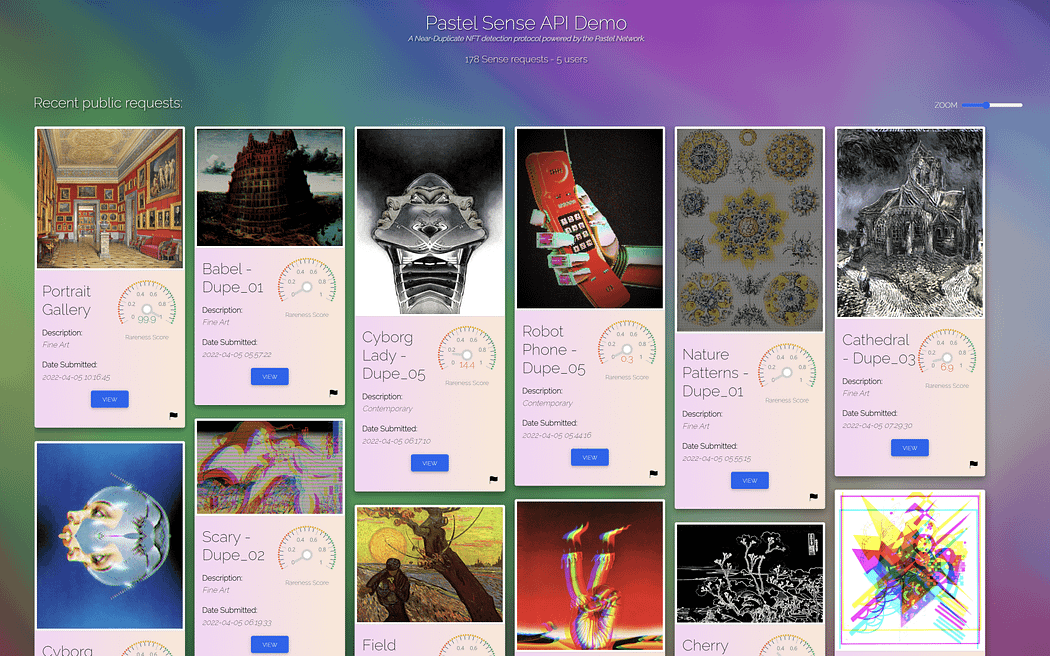
Sense Map

Calling it a “map†does not do it justice. We are able to chart every NFT across the entire ecosystem and provided tangible proof of how NFTs — no matter how different they are from one another — are still connected in a multi-dimensional way. On the Demo site, users can click the “Map†link at the top right of the page where they will be transported to a multi-dimensional realm and visualize how each NFT is linked to each other.
NFTs in Sense are positioned closer together when there is a higher degree of similarity, measured using the same advanced technology that underpins the core near-duplicate detection algorithm. This notion of similarity transcends superficial pixel patterns and also gets to the semantic content of images. For example — Bored Apes are all clustered closely together, and Bored Apes with similar properties are sub-clustered together further, even though each Ape has unique properties.
As a result, we achieve a very useful “embedding†of NFT metadata in 3D space. We then apply numerous advanced graph theoretical algorithms in order to determine clusters and “cliques†of highly interconnected images.
We are in a new world where copy-paste duplicates, near-replicas, and outright scams can no longer slip past unnoticed — we have create peace of mind in the NFT ecosystem. Sense Map offers users the ability to visualize the entire NFT ecosystem and how Sense uses this information to determine the relative rareness for every candidate NFT.
Why we built Sense Demo?
We are firm proponents of “see to believe†particularly in the field of cutting-edge technology. Our Sense Protocol is groundbreaking—but we understand it can be hard to ‘conceptualize.’ Hence, we built the Sense Demo to give our users a tangible tool of just exactly what we have built.
To go even further in proving the power and magnitude of Sense, we included functionality to allow users to upload their own NFT data. Reach out to the team for an invite code to try it out for yourself!
Just a taste of what is to come…
We are not stopping with Sense Demo. Years of research, development, iterations, and tinkering has led us to where we are now. The world is about to experience the true, untarnished vision of Pastel — a better NFT world for creators, collectors, and builders.
A new product launch will be coming soon, powered by core Pastel technology like Sense. And it will change the game for the NFT ecosystem.
Explore Sense Demo (LINK BELOW)
Check out and explore this new world here (please contact us for an invite code). Or, at the link below:
Sense Demo: https://sensedemo.pastel.network/
About Pastel Network
Pastel Network is a fully decentralized, developer-friendly layer-1 blockchain serving as the preeminent protocol standard for non-fungible tokens (“NFTsâ€) and Web3 technology.
Pastel allows for the development of third-party decentralized-applications (“DAppsâ€) to sit on top of its Network, enabling developers to enjoy the scalable registration features, storage processes, and security of the broader ecosystem. Lightweight protocols such as Sense — which was built to assess the relative rareness of a given NFT against near-duplicate metadata — and Cascade — which conducts permanent, distributed storage of underlying NFT data — can be integrated cross-chain across various layer-1 blockchains, layer-2 protocols, or other third-party apps.
Pastel is managed by world-class developers, cryptographers, and technologists, supported alongside an experienced and extensive network of marketers, influencers, and third-party agencies. Pastel is backed by key stakeholders including Innovating Capital, a prominent venture fund.
This article was first published by our team here.


